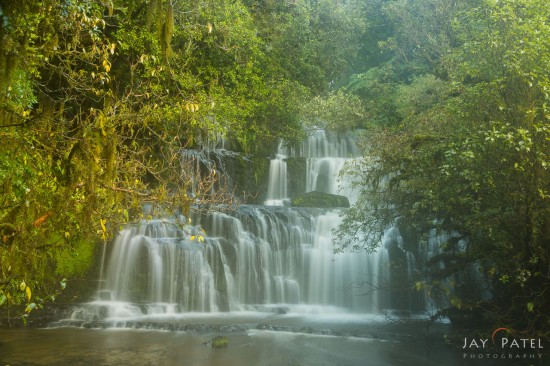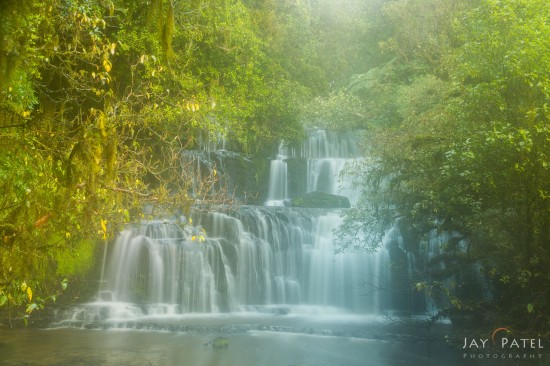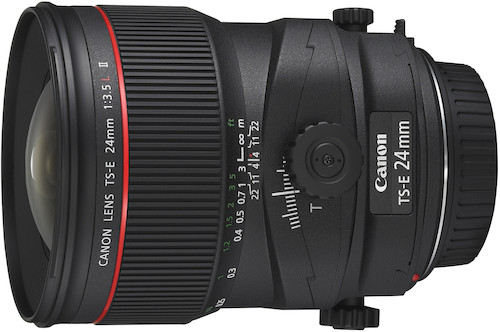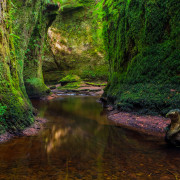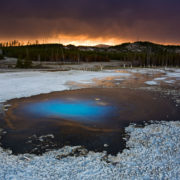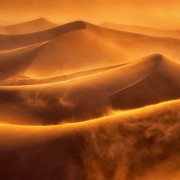Exploring Artistic Nature Photography with Camera Lenses
As nature photographers, we all know how to make the most out of camera lenses. For example, a wide angle lens is highly effective at capturing grand vistas and therefore it is a go-to lens for landscape photographers. Wildlife photographers prefers to use a telephoto lens to capture their subjects. You will find many articles and books written by pros giving you guidance about the best camera lens to use. While this is often sound advice, it does not mean that it is the only way to use a camera lens to capture nature photography.
However the choice of the best camera lens for any given situation is not set in stone. A nature photographer can always choose to use a camera lens in an unconventional way and come away with artistic nature photos. Here are few unconventional camera lens choices to help you capture the artistic photos that make them stand out from the rest.
Photographing Wildlife with a Wide Angle Lens
Photographing wildlife is always even when you are shooting with a telephoto lens. Wildlife photographers often try to use a telephoto lenses to create a smooth blurry background to remove distracting elements and to draw your attention to the subject. However, it is possible to capture wildlife with a normal or even a fisheye lens. Paul Marcellini, a professional landscape photographer from Florida, demonstrates how he uses different lenses (from a 500mm zoom to a 15mm fisheye) to photograph a friendly Cormorant.
The resulting images provide an idea of how each lens impacts negative space around the subject. This in turn can be used to create a sense of place for your wildlife subject.
Creating a Surreal Glow
Varina and I use a very simple trick to convert ordinary images to dreamy images. Look at the landscape photo below – a beautiful waterfall scene in New Zealand. The image is natural-looking with perfect light and perfect colors (Image #1). Despite the fact that it’s a gorgeous shot, sometimes an image needs something extra to bring out a deeper level of creativity. Here’s what we do…
We breathe on the lens. It’s as simple as that. Covering the lens with a soft layer of condensation spreads out the colors in the image and reduces the overall contrast. Look at the image #2 above where I used this technique… it almost looks as if we’re staring through a frosty glass. Although simple, this technique takes some experimentation to get exactly the right amount of condensation. Too much and the image looks flat and colorless – you lose important details. Too little condensation and the effect simply won’t have a striking impact.
Take a look at the landscape photo below from Iceland where Varina used a variation of this same technique. This photo was shot on a very wet day. Varina wiped her lens with a lens cloth that was soaked from the heavy rain. Similar to breathing on the lens, the cloth left a fine mist of condensation and created the same dreamy feel.
Use a Specialized Camera Lens
Nature photographers regularly use a variety of camera lenses such as macro photography lens, telephoto lens, and wide angle lens to capture stunning photos. However, you can go beyond these standard camera lenses to create special effects or overcome challenges posed by Mother Nature. Here are couple of speciality camera lenses we regularly use for our nature photography:
Tilt Shift Camera Lens
A tilt-shift lens is a specialized lens that allows for the control of the plane of focus and the perspective of the image. If you haven’t seen a lens like this before, it actually appears to be broken when you adjust the shift or tilt knobs. But worry not… it’s perfectly OK. While on-location in Iceland, we created this short video to provide an overview of how we used a tilt-shift lens to capture a wide vista in sharp focus – while using a wide aperture to let in as much light as possible.
We don’t recommend purchasing a tilt shift camera lens lens until you understand how they work. If you don’t plan on using this camera lens on a regular basis, we recommend you rent one. We rented two tilt shift camera lens and used them on-location in Iceland without breaking the bank.
This type of lens can be particularly useful for nature photographers in a number of ways.
- Correcting Perspective Distortion
When photographing tall trees, mountains or other objects with a vertical axis, a regular lens can create perspective distortion, where the objects appear to converge towards the top. This can make the subject look unnatural or distorted. With a tilt-shift lens, the photographer can shift the lens upward, keeping the lines of the subject parallel and avoiding distortion. This is especially useful for landscape photography, where large vertical objects are common. - Controlling Depth of Field
A tilt-shift lens can also be useful for controlling depth of field. By tilting the lens, the plane of focus can be shifted from the horizontal plane to a diagonal plane. This can result in a sharp focus across the image, including the foreground and background. In other words, a tilt shift lens lets you overcome DOF vs shutter speed vs ISO setting trade-offs by altering the plane of focus. Take a look at the landscape below from Iceland. The flowers in the foreground were inches away from my camera… and yet they are sharply in focus. This in itself is not much of an accomplishment until you realize that this photo was taken on a windy day.
- Creating Unique Perspectives
Tilt-shift lenses can also be used creatively to create unique perspectives. By tilting the lens, photographers can create a miniature effect, where the scene looks like a toy or model. This can be useful for creating a sense of playfulness or whimsy in a nature image. Tilt-shift lenses can also be used to create a selective focus effect, where the subject is in focus while the surrounding area is blurred. This can be useful for drawing attention to a specific area of the image or for creating a dreamy effect. - Greater Control over Composition
A tilt-shift lens can also provide greater control over the composition of an image. By shifting the lens, the photographer can reposition the subject in the frame without having to move the camera. In other words it is possible to use a tilt shift camera lens to get everything in perfect focus under the right conditions… even with a wide aperture setting. That’s what Jay did for this photo below that he took in Iceland.
Lensbaby Velvet Macro Lens
Lensbaby is a brand of camera lenses that are known for their unique and creative effects. These lenses are designed to provide a distinctive look and feel to photographs, with a focus on selective focus and creative blur. Lensbaby lenses are ideal for photographers who want to experiment with creative techniques and produce images that stand out from the crowd.
We regularly used a macro lens to capture tiny details when we are on location, but Lensbaby’s Velvet macro lens create a soft glow around your subject when used at wide aperture. The glow is particularly noticeable in the highlight. By using this camera lens effect, you can add mood to your macro photo and add an artistic effect. In the photo below from Iceland, Varina used a 85mm Velvet macro lens to add a glow around her subject and to create beautiful artistic bokeh with the highlight in the background.
You can also use more than one aperture to capture the scene and then combine them in Photoshop to get exactly the effect you desire. I used a Lensbaby 56mm Velvet macro photography lens to capture this majestic scene in Hellisandur, Iceland with a variety of different apertures from F8 to F2. I later combined photos with F4, F2.8, and F2 apertures using Photoshop Layers & Mask to capture the final image above.
Today’s camera lenses give you infinite possibilities to get creative. You don’t have to break the bank in trying to get every single lens out there to explore creativity. You can always rent a lens when you are out on your next photography adventure. And think about how you can use the camera lenses in your bag in a creative or unusual way. Try something new that you have not done before. Use selective focus with a wide angle lens. Play with motion blur. Breathe on your lens. Create out-of-focus abstracts. And so many more. This allows you to add some unique and breathtaking nature photos in your portfolio.



